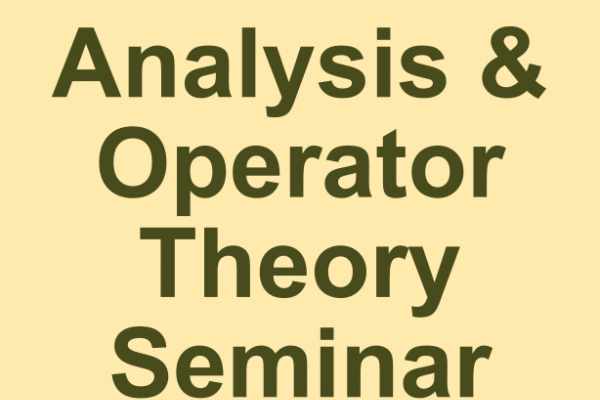
Title: Resurgence and Partial Theta Series (part II)
Speaker: David Sauzin (IMCCE France and U. Pisa)
Abstract: Following hal.archives-ouvertes.fr/hal-03502404v3 with L. Han, Y. Li, S. Sun, I will show how partial theta series, i.e. functions of the form Θ(𝜏):=∑𝑓(𝑛)𝑒^{𝑖𝜋𝜏𝑛^2/𝑀} with 𝑓:ℤ→ℂ an 𝑀-periodic function (or the product of a power of 𝑛 by such function), give rise to divergent asymptotic series at every rational point of the boundary of their domain of definition {ℑ𝜏>0}. I will discuss the summability and resurgence properties of these series by means of explicit formulas for their formal Borel transforms, and the consequences for the modularity properties of Θ, or its "quantum modularity'' properties in the sense of Zagier's recent theory. Écalle's "Alien calculus" allows one to encode this phenomenon in a kind of "Bridge equation".
Interesting examples stem from the study of Gukov-Pei-Putrov-Vafa invariants and Witten-Reshetikhin-Turaev invariants for the Poincaré homology sphere (cf. [Gukov-Putrov-Marino, arXiv:1605.07615]) or more generally Seifert homology 3-spheres ([Andersen-Mistegård, J. Lond. Math. Soc. 2022]).
